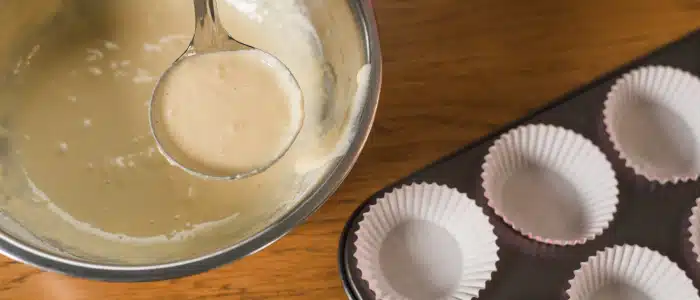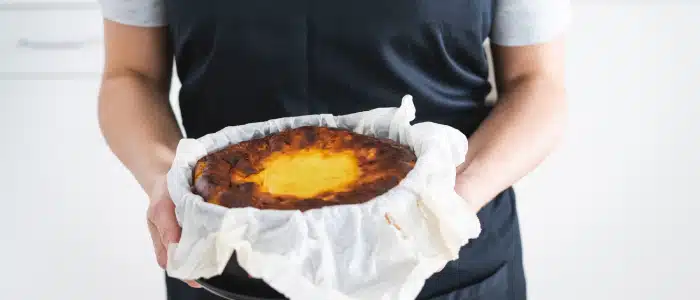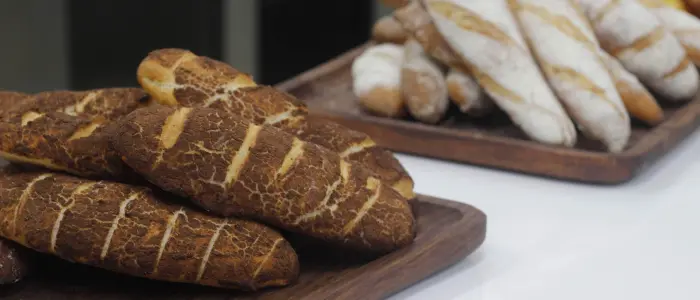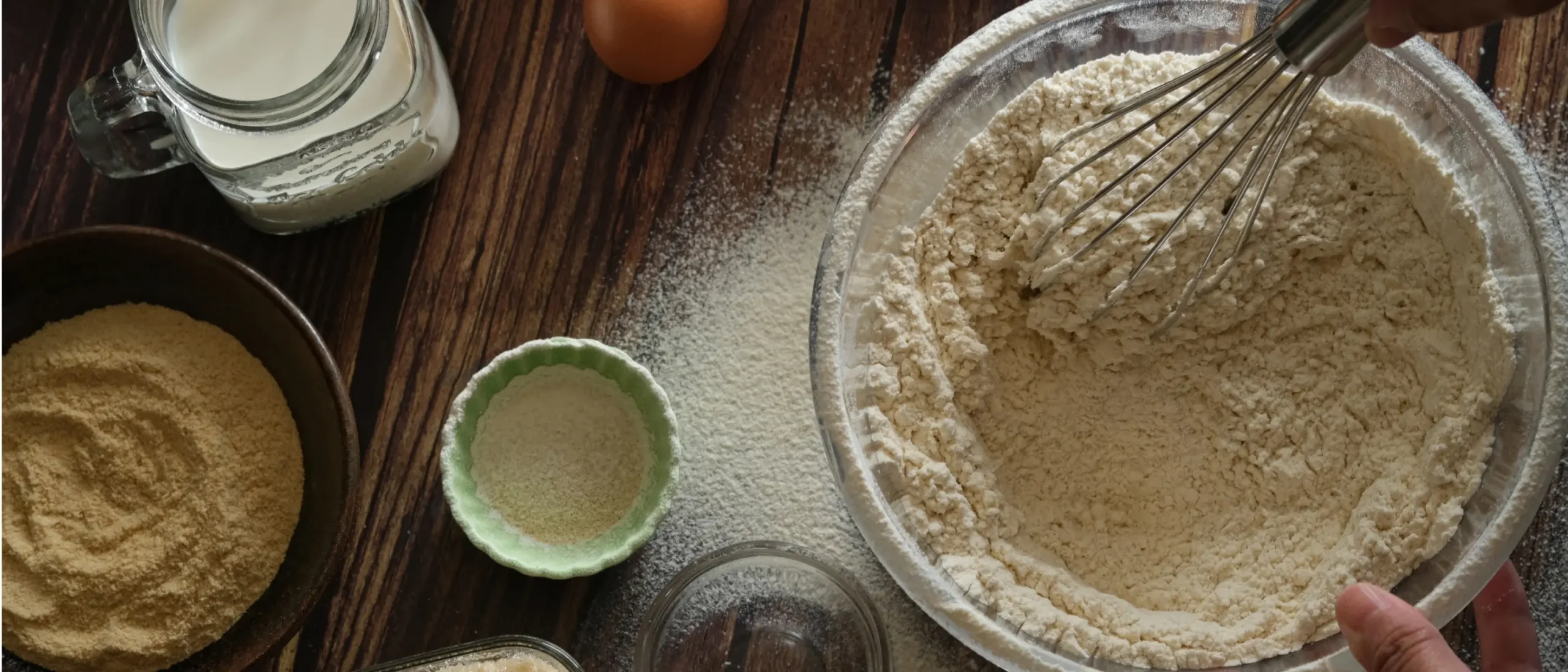Making a cake seems easy, just flour, eggs, sugar, butter, but a single mistake can transform your light and fluffy dream cake into a heavy nightmare. The good news? The majority of the errors in cake baking are simple to rectify once you are familiar with what to watch out for.
These are the most common baking errors that people commit, and practical tips and tricks that can help you ensure your cakes are moist, light, and picture-perfect.
1. Dry Cake?
A dry cake is one of the greatest grievances in home baking. The Indian dry cake market was worth about USD 296.69 million in 2024 and is expected to reach nearly USD 414.80 million by 2030. This growth, at a steady CAGR of 5.74%, is being fuelled by rapid urbanisation, busy lifestyles that favour convenient food options, and a rising interest in premium and healthier varieties of cakes. Dryness may occur when you measure your ingredients incorrectly or bake at the wrong temperature.
- Always use the golden sponge proportion: 1 part fat: 2 parts sugar: 3 parts flour: 3 parts eggs.
- Always use the middle rack and preheat your oven 10-15 minutes before you put the cake in.
- Select the correct flour: Cake flour is softer than all-purpose flour.
Pro Tip: When substituting with other types of flours (almond, millet), add a little more moisture to prevent drying out. If you’d like to explore more such techniques and professional tips, you can check out specialised baking courses offered by platforms like Whitecaps.
2. Cake Collapse
When a cake sinks in the centre, it is a disaster!
- The temperature is subject to changes, and collapse occurs when the oven door is opened too often.
- At altitude, rise is influenced by lower air pressure; modify recipes by decreasing sugar by a small amount and increasing liquid.
- A damp climate may cause sponges to be too soft; use a teaspoon of cornflour to firm them up.
Pro Tip: Buy an oven with a transparent glass door to keep an eye on it without opening.
3. Overdone Outside, Undercooked Inside
When your cake burns on the surface and is raw at the centre, it is likely because the oven is not properly calibrated.
- Always check with an oven thermometer; most ovens are hotter or colder than they are set.
- Tins should not be placed too near heat sources.
- In longer bakes, turn the pan halfway so it does not burn in hot spots.
Pro Tip: Wrap the cake with foil loosely so that it does not brown too fast before the centre is cooked. For more in-depth tricks on balancing baking times and textures, you can explore advanced modules like the advanced cake-making course.
4. Cake Sticking to the Pan
Nothing is like taking half a cake off with the pan!
- Butter or oil the pan, and line it with parchment paper.
- Correct pan size: Use too small a pan and the batter will overflow and stick.
- Let the cake sit 5-10 minutes to turn out.

Pro Tip: Use professional non-stick baking sprays; they save time and waste less. If you’re keen on picking up more time-saving hacks and techniques, short learning formats like weekend baking classes are a great option.
5. Rubbery Texture Inside Cake
Over-mixing of the batter normally results in a chewy cake.
- Over-mixing produces excessive gluten, which makes the crumb hard.
- Always add room-temperature ingredients; they are easier to emulsify.
- Combine wet and dry ingredients just until mixed.
Pro Tip: To fold flour into light sponges, use a spatula rather than beating it.
6. Using Cold Ingredients
Your cake will turn bad with cold butter or eggs.
- Butter is more likely to trap air at room temperature when creaming.
- Cold eggs do not blend easily and may lead to curdling.
- The batter is stiffened with cold milk or buttermilk, which results in an uneven rise.
Pro Tip: Left eggs in? Wet them in warm water for the next 5 minutes to warm them up.
7. Overfilling or Underfilling the Pan
- Excess batter spills and too little batter will leave you with a flat cake.
- Stuff tins no more than two-thirds.
- Measure using measuring cups or a digital scale.
Pro Tip: Use an ice-cream scoop to evenly divide batter into cupcakes.

8. Cooling Techniques
Baking is not as important as cooling your cake.
- Cakes should always be kept on a wire rack to avoid condensation at the bottom.
- Cakes should not be kept in tins too long; steam will make them soft.
- Hot cakes should never be refrigerated; it shocks the structure and causes it to collapse.
Pro Tip: Before decorating, wrap slightly warm cakes in clingfilm to keep them moist. For those interested in mastering such techniques, especially in egg-free recipes, the eggless pastry and cake course offers plenty of hands-on learning.
9. Storage Mistakes
Mishandling your cake can destroy the efforts that you have put in it.
- Do not keep cakes in the fridge without a cover, it will dry them.
- To keep fresh, envelop in clingfilm and store in an airtight container.
- In fact, frosted cakes last longer; the frosting serves as a shield.
Pro tip: When baking cakes in layers, frost them first; it helps to keep the cake moist and tastier.
10. Ignoring Oven Type
Every oven is different!
- Fan circulation in convection ovens makes them bake quickly.
- Conventional ovens can require a little more time.
- Gas ovens usually have hot spots; spin to achieve equal distribution.
Pro Tip: Before baking a batch, test bake a small cupcake to learn the behaviour of your oven.
11. Not Measuring Accurately
Baking is a science; guesswork seldom succeeds.
- Never use cups, but always use digital scales.
- Even a slight change in flour or sugar can change the results dramatically.
Pro Tip: Before measuring, sift flour to avoid dense measurements.
12. Wrong Rack Placement
The location of racks is more important than they think.
- Middle rack = even heat, suitable for most cakes.
- Bottom rack = undercooked centre, burnt base.
- Top rack = over-browning.
Pro Tip: When baking cheesecakes, put them on the lower middle rack to prevent cracks on the surface.
13. Skipping Recipe Instructions
There is a purpose to every step in a recipe. Winging or skipping can cause errors.
- Order mixing influences texture.
- Aeration is assisted by resting batter (such as chiffon cakes).
- Neglecting to pay attention to baking time = poor outcomes.
Pro Tip: The first time you make a recipe, stick to it, but then make it to your liking.
14. Not Testing for Doneness
Most bakers are speculators rather than scientists.
- Insert a skewer into the centre; it must come out clean.
- Gently press the surface; it must spring back.
- Most cakes should be baked at an internal temperature of approximately 95°C (200°F).
Pro Tip: Digital thermometers are gaining popularity among professionals to achieve consistency.
Conclusion
Mistakes in cake baking occur to all people, including professionals. The trick is to know how and why they occur and how to correct them. With a command of ingredient proportions, oven behaviour and cooling or storage methods, you will be able to bake cakes that are moist, fluffy and bakery-worthy every time. At the leading baking academy in Bangalore, you’ll also learn how expert guidance makes these techniques easier to master.
Keep in mind: baking is not a matter of recipes only, but a matter of patience, practice, and accuracy. And if you ever need expert guidance or want to clear your doubts directly, you can always connect with our expert team now.
FAQs
Q1. Why does my cake sink after baking?
Because of temperature fluctuations, over-mixing, or opening the oven door too often.
Q2. How do I keep a cake moist for 2–3 days?
Wrap in clingfilm and store in an airtight container; frosting also helps retain moisture.
Q3. Which flour is best for soft, fluffy cakes?
Cake flour gives the lightest crumb, though all-purpose can work if sifted well.
Q4. Can altitude affect cake-baking results?
Yes—reduce sugar and increase liquid slightly at higher altitudes for better rise.
Q5. How do I stop cakes from sticking to the pan?
Grease, line with parchment, and use the right pan size for the recipe.




